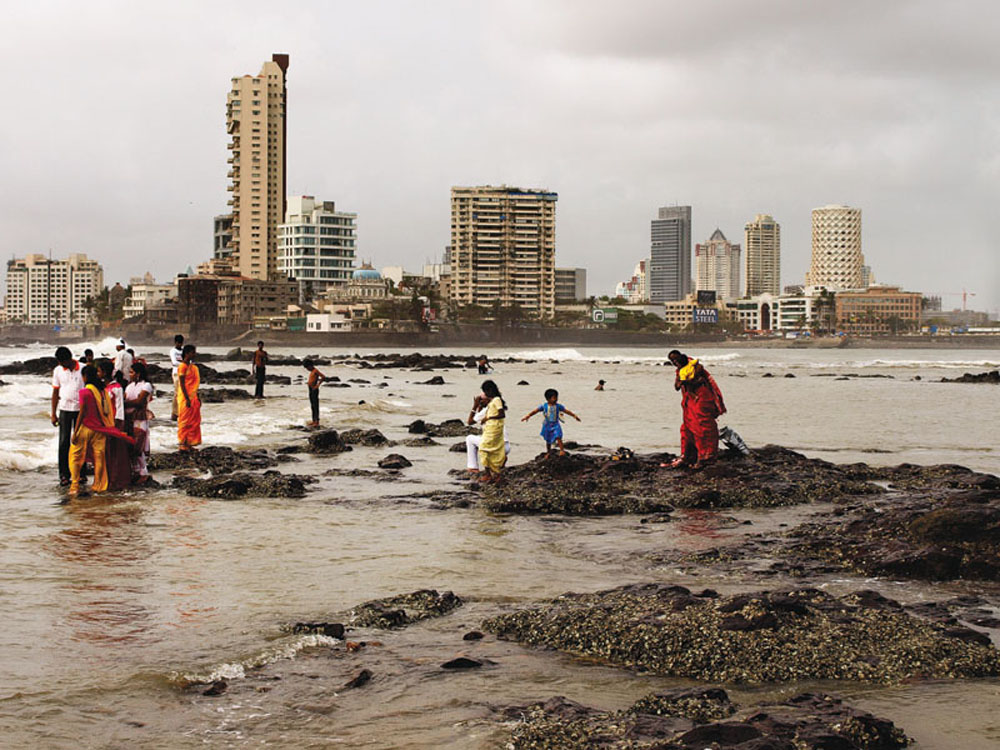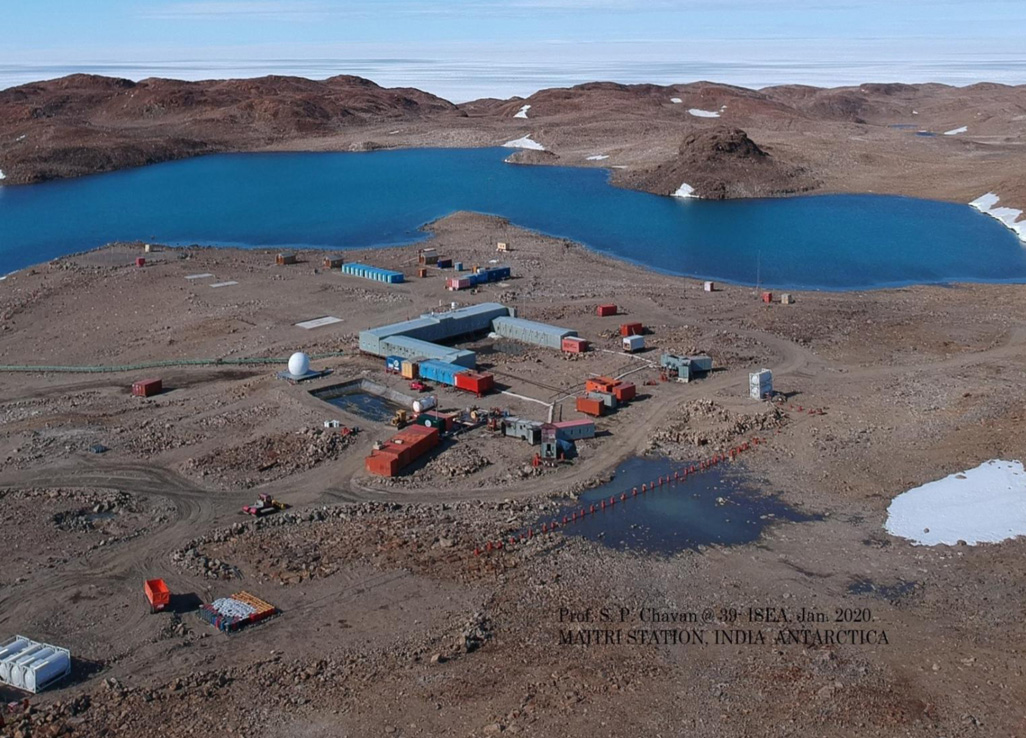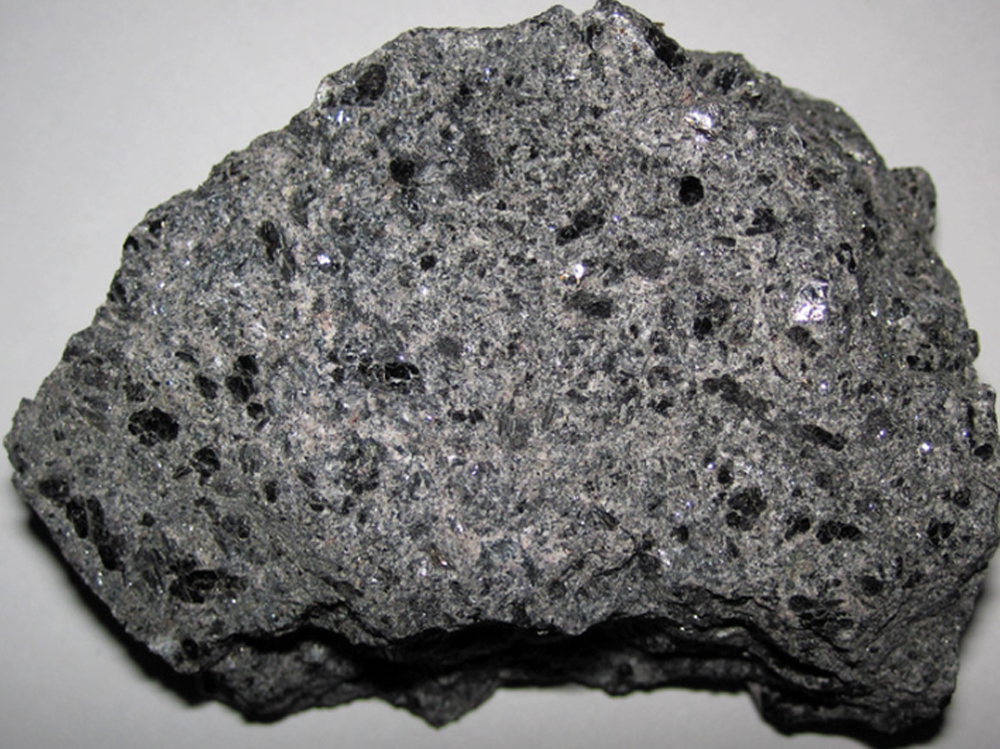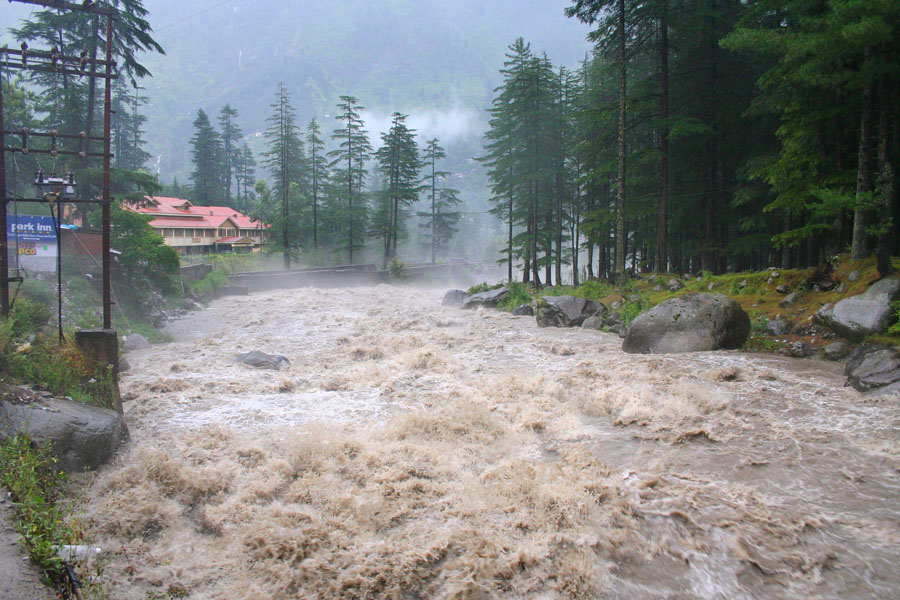Trends and Response Options: Extreme Events in India



India is set to embark on a new chapter in its Polar exploration journey with the construction of Maitri II. The Indian government plans to establish a new research station near the existing Maitri ba...
.png )
The Deep Ocean Mission (DOM), approved by the Government of India in 2021 under the Ministry of Earth Sciences (MoES), represents a strategic step in realizing Sustainable Development Goal 14 (SDG 14:...

China recently announced restrictions on the export of seven rare earth elements (REEs), soon after US President Donald Trump decided to impose tariffs. As the world's dominant supplier—responsible fo...
Extreme events pose a great threat to the survival of populations across the world. We hear about floods, droughts and heat waves on a regular basis but the connection between weather extremes and cli...
Extreme events are high magnitude, low frequency events that have the ability to transform a landscape of any region significantly. Earth’s changing climate and projected changes in weather and hydrol...
Many people were worried about the possibility of a natural calamity towards the end of 2012 leading the human race to perish. Perhaps the first predictions rose from Mayan astrology – chalked out in...
Flood hazard studies need process based approaches, as traditional flood control measures have largely failed in India.
Extreme events pose a great threat to the survival of populations across the world. We hear about floods, droughts and heat waves on a regular basis but the connection between weather extremes and climate change is ignored consistently. Today, the weather events are more influenced by climate change as it is constantly altering the natural limits, thus making specific types of extreme events more...

Extreme events are high magnitude, low frequency events that have the ability to transform a landscape of any region significantly. Earth’s changing climate and projected changes in weather and hydrological parameters suggest that such events have happened in the past and the present. The big question is: what will be their characteristics and frequency in a climate change scenario?

Many people were worried about the possibility of a natural calamity towards the end of 2012 leading the human race to perish. Perhaps the first predictions rose from Mayan astrology – chalked out in a calendar built out of stones indicating an abrupt end of the world on 21 December 2012. But, mass extinction on Earth needs to take clues from a geological perspective to be anywhere near the truth.
